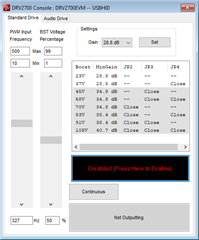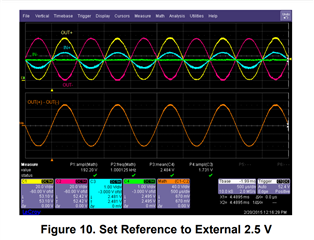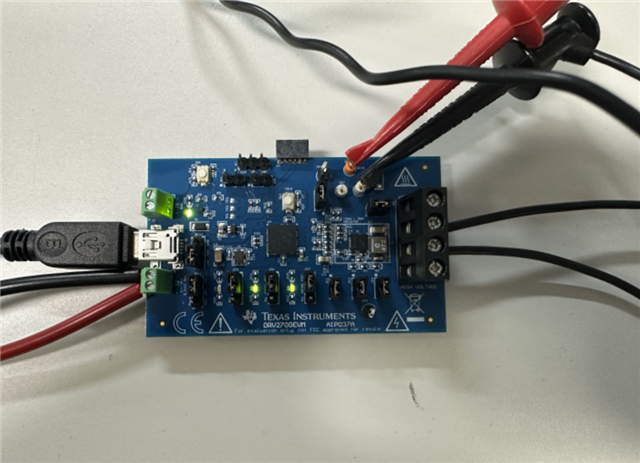Other Parts Discussed in Thread: DRV2700, DRV2700EVM
Hello,i have a doubt, to use the DR 2700 EVM still with a ThorLabs device, but the 650nF PC4QM device , would it be possible? Has anyone worked with a combination of these devices and can report the experience?
King regards.











